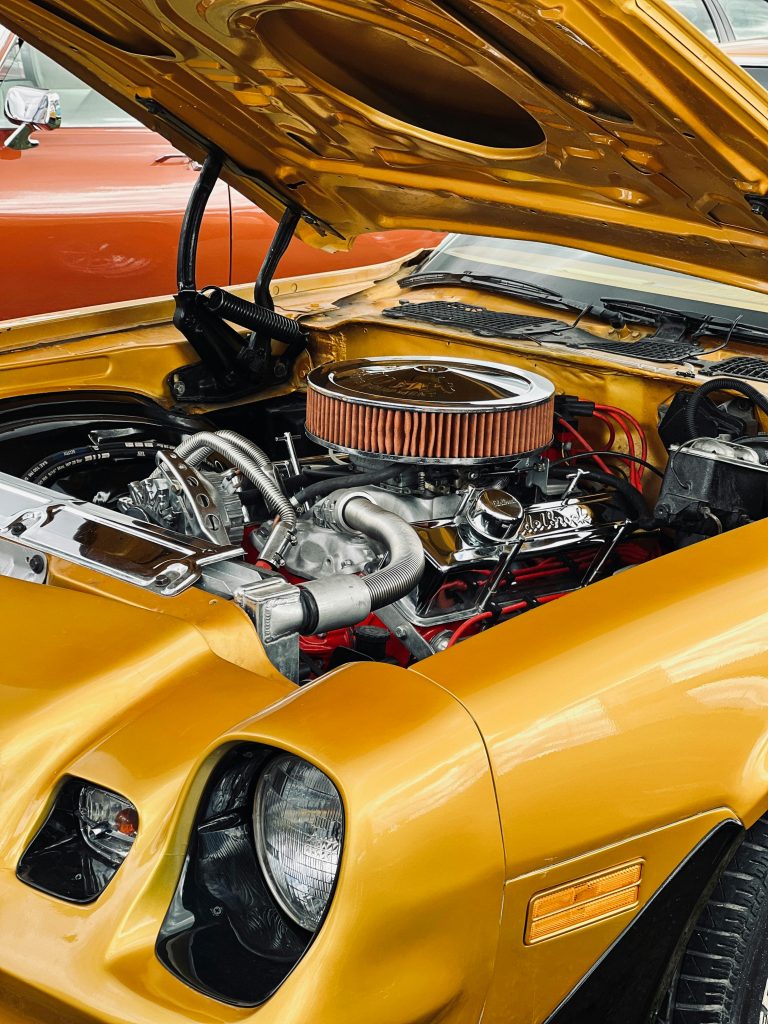Drag racing is all about the thrill of speed and the art of quick acceleration, where cars push the limits of performance on a straight track. Over the years, certain cars have shaped this high-octane sport, influencing how drag racing has evolved and what fans expect from it.
You’ll learn about 10 cars that played a key role in making drag racing what it is today, each one bringing unique power, style, or innovation to the strip. These vehicles helped set new standards and left a lasting mark on drag racing culture.
Dick Kraft’s ‘The Bug’ – considered the first dragster
You’ll find that Dick Kraft’s “The Bug” holds a special place in drag racing history. Built in 1950, it was a stripped-down Model T roadster, designed for speed in a way that was new at the time.
Kraft originally used it as a weed sprayer on his parents’ farm before transforming it into a rail dragster. This simple but innovative design laid the foundation for the purpose-built dragsters you see today.
When you look at “The Bug,” you’re seeing the start of drag racing’s evolution into a true motorsport.
Swamp Rat XIV – first successful rear-engined dragster by Don Garlits
When you think about drag racing history, Swamp Rat XIV stands out as a game-changer. Don Garlits introduced this car in 1971, shifting the engine to the rear for better balance and safety.
You’ll notice this design changed how drivers controlled their cars. It slowed steering and improved stability, which was a big deal back then.
If you want to see how innovation shapes racing, Swamp Rat XIV is a perfect example of evolving technology that still influences dragsters today.
1963 Chevrolet Turbo-Fire engines powering drag racing dominance
In 1963, Chevrolet introduced two powerful Turbo-Fire engines designed specifically for drag racing. These engines helped racers compete against major rivals like Ford and Plymouth with impressive speed and reliability.
When you spot a classic drag strip battle from the ’60s, there’s a good chance you’ll see a Turbo-Fire engine under the hood. These Chevy engines became a key part of drag racing’s growth and history.
Ford Mustang Cobra Jet – iconic modern stock drag car
If you’re into drag racing, the Ford Mustang Cobra Jet stands out as a serious contender. It’s a factory-built race car designed for the quarter-mile with race-ready features straight from the line.
You’ll notice its supercharged engine powering it to mid 8-second runs at over 150 mph. While not street-legal, the Cobra Jet gives you a real taste of high-level drag racing without needing to build it yourself.
Chevrolet Camaro COPO – legendary factory-backed drag racer
You can’t talk about drag racing without mentioning the Chevrolet Camaro COPO. Starting in 1969, this car was built by Chevrolet specifically for the drag strip.
The COPO Camaro became legendary by offering a factory-backed, powerful ride that you could trust for serious competition. Today, the 2025 model even pushes drag racing further with street-legal speed and raw power.
If you’re into drag racing history or high-performance cars, the COPO Camaro stands out as a true icon you should know about.
Dodge Polara – early muscle car influence in drag racing
You’ll find the Dodge Polara played a key role in the early days of muscle cars and drag racing. It was Dodge’s mid-size sporty option, built to compete with the likes of the Chevy Impala SS and Ford Galaxie.
With its powerful V8 engines, the Polara gave racers a solid factory base for quick modifications. If you’re into drag racing history, the Polara is a clear example of how muscle cars started shaping the sport in the 1960s.
’41 Willys coupe – a classic in drag racing history
When you think of classic drag racing, the 1941 Willys Coupe is hard to miss. Its lightweight body and distinctive shape made it a favorite for racers looking to go fast in a straight line.
You’ll notice it often powered by powerful engines, sometimes pushing over 1,000 horsepower. This gave drivers great speed without sacrificing control on the drag strip.
If you visit a car show, you might even spot a tribute to legends like Big John Mazmanian, who helped cement the Willys’ place in drag racing culture. It’s a true icon you’ll appreciate for both its history and performance.
’63 Corvette – popular choice for early drag racers
If you’re into drag racing history, the 1963 Corvette was a favorite among early racers. Its lightweight design and powerful V8 made it a natural for straight-line speed.
You could often find these cars at drag strips, sometimes heavily modified for better performance. The split-window coupe style also gave it a unique look that stood out on the track.
Many early drag racers valued the ’63 Corvette for its combination of style and solid racing potential. It helped set the stage for modern drag racing culture.
Rimac Nevera – top electric drag racer with 8.4-second quarter mile
The Rimac Nevera is a game-changer if you love electric cars and drag racing. It can cover a quarter mile in just 8.4 seconds, putting it right at the top of the leaderboard alongside the fastest hypercars.
You’ll appreciate its lightning-fast acceleration—going from 0 to 60 mph in under 2 seconds. This makes it one of the quickest street-legal cars for straight-line speed.
Its electric powertrain delivers instant torque, giving you a smooth yet explosive launch every time you hit the track.
McMurtry Spéirling – competitive electric drag racing contender
The McMurtry Spéirling is a unique electric car designed with cutting-edge fan technology. You’ll appreciate how it uses powerful fans to create extreme downforce, helping it stick to the track even at high speeds.
This fan car delivers quick acceleration and impressive grip, making it a strong competitor in the drag racing scene. If you’re interested in innovative electric cars, the Spéirling shows how technology can push racing forward.

Leave a Reply